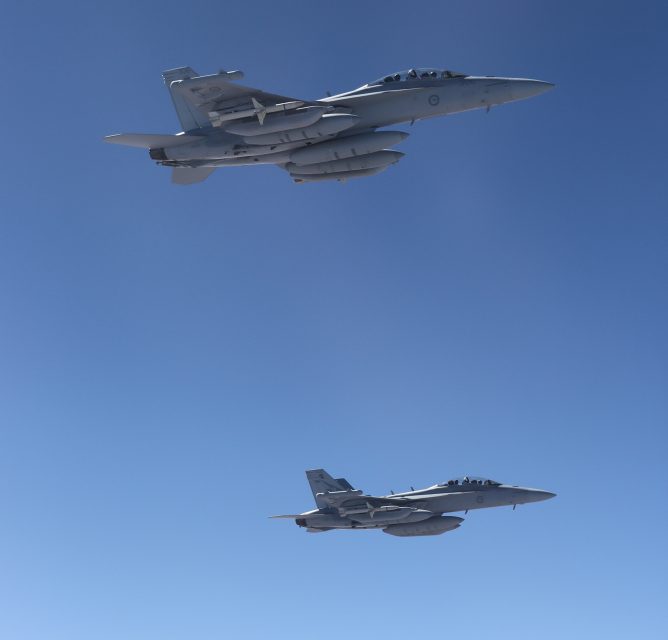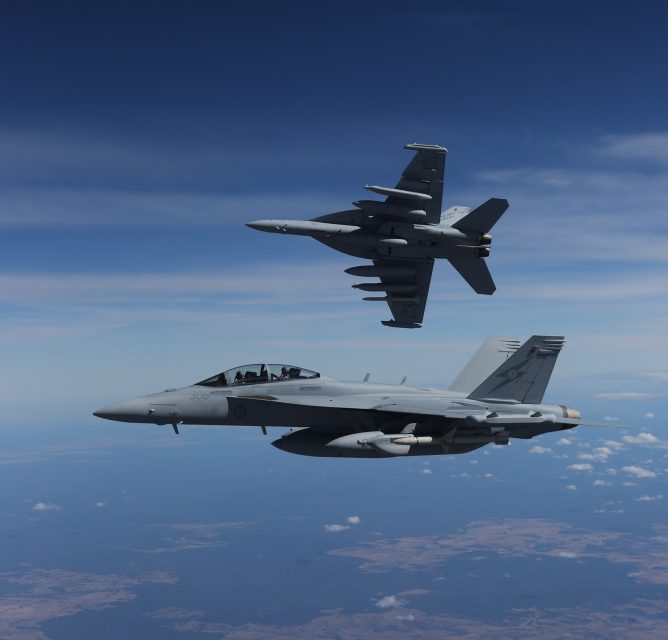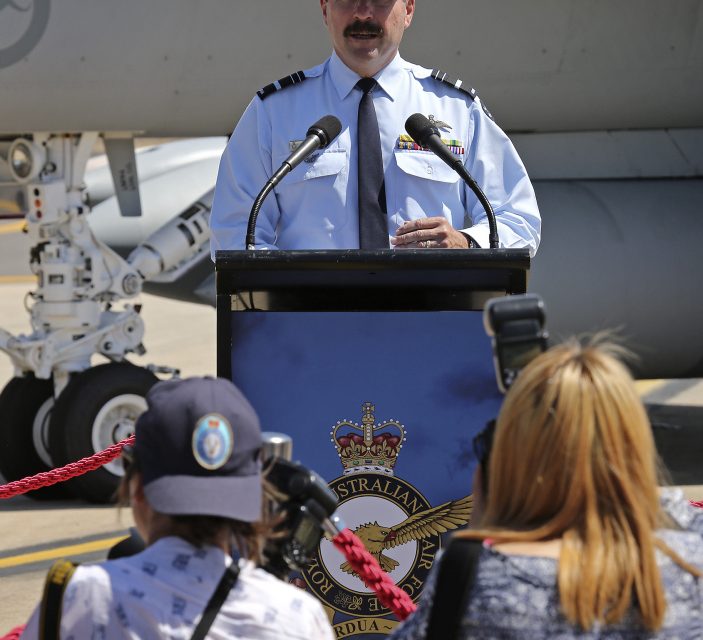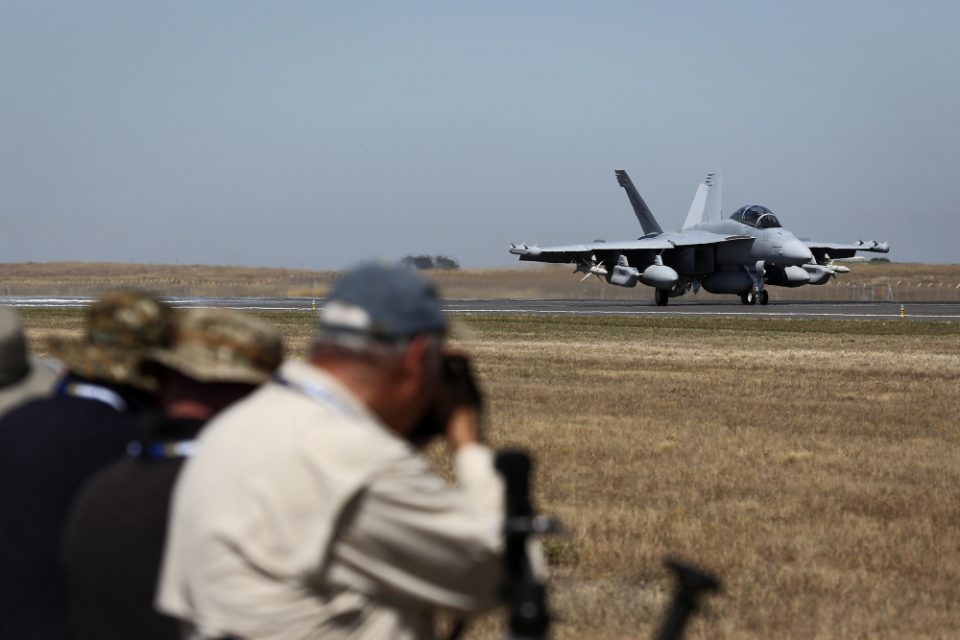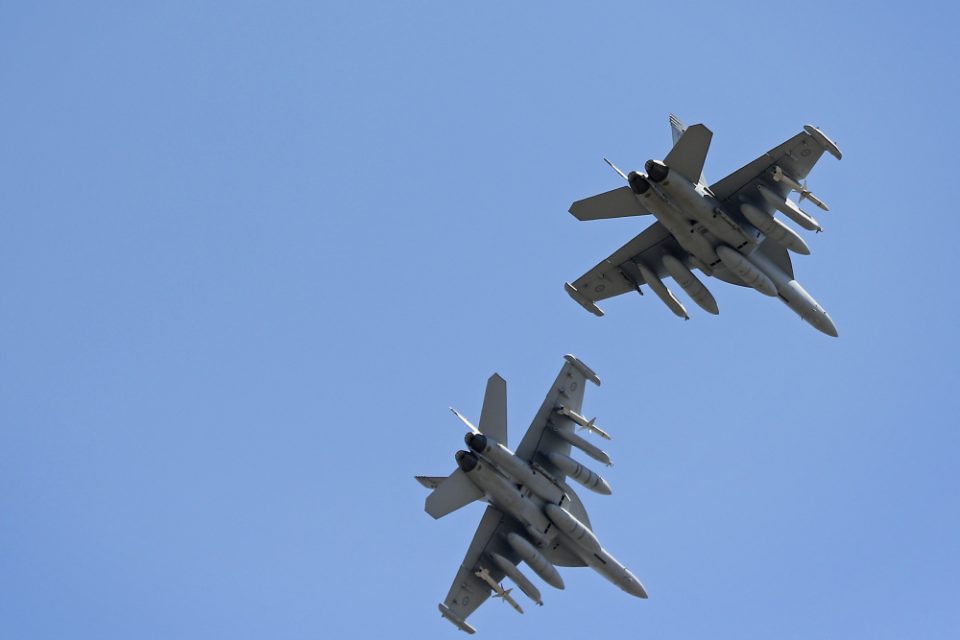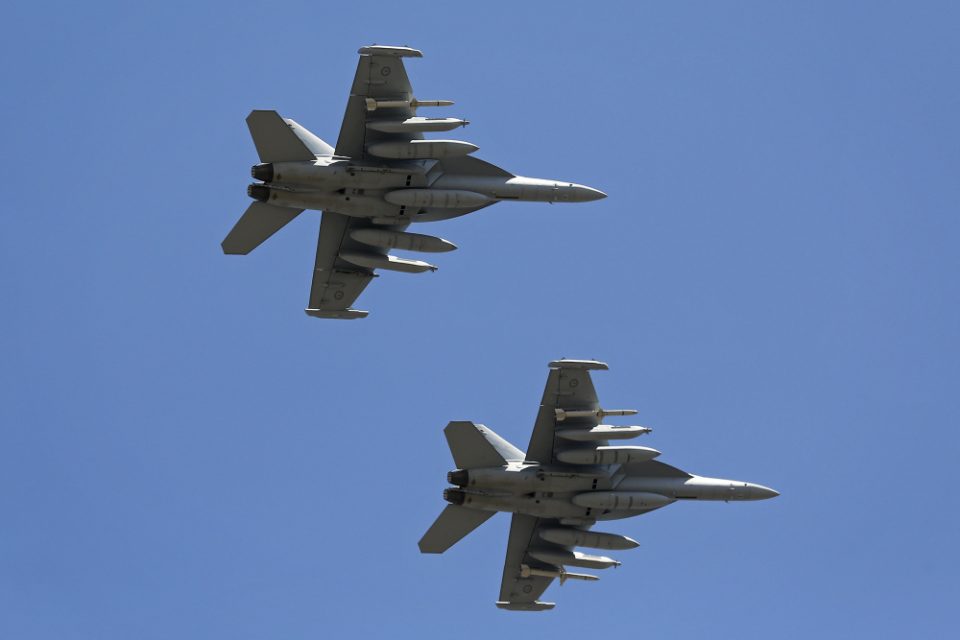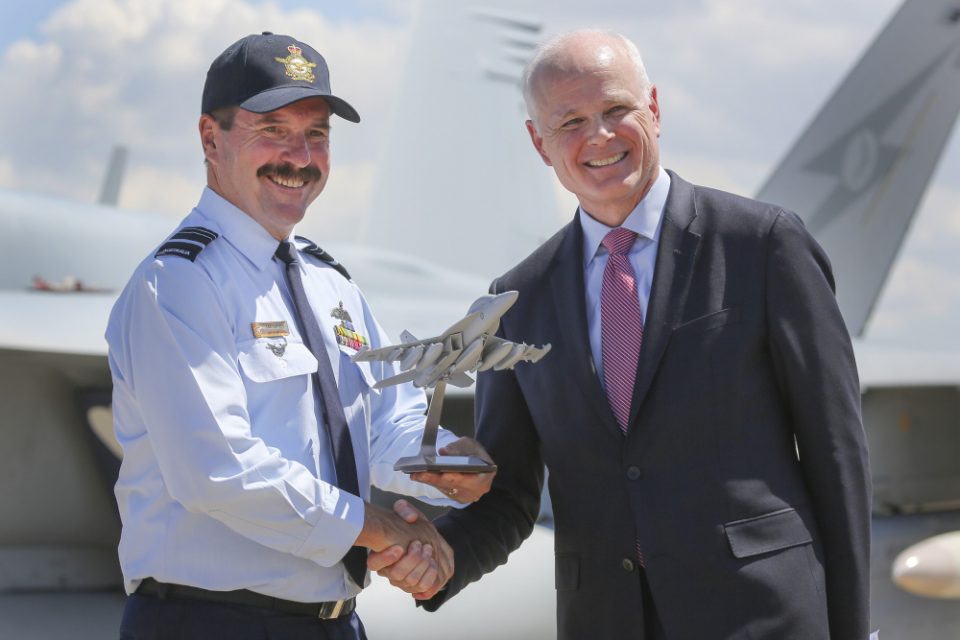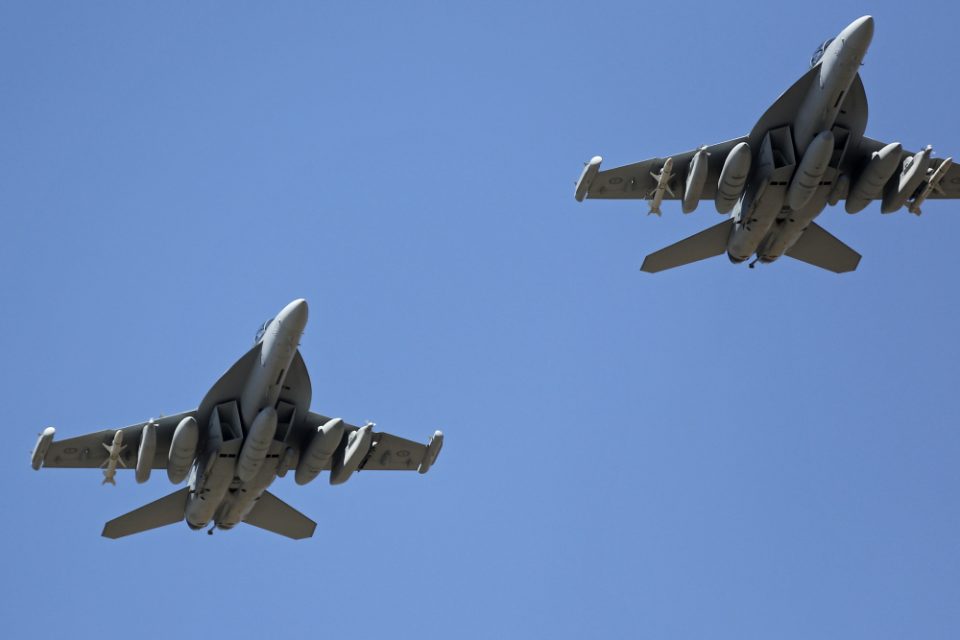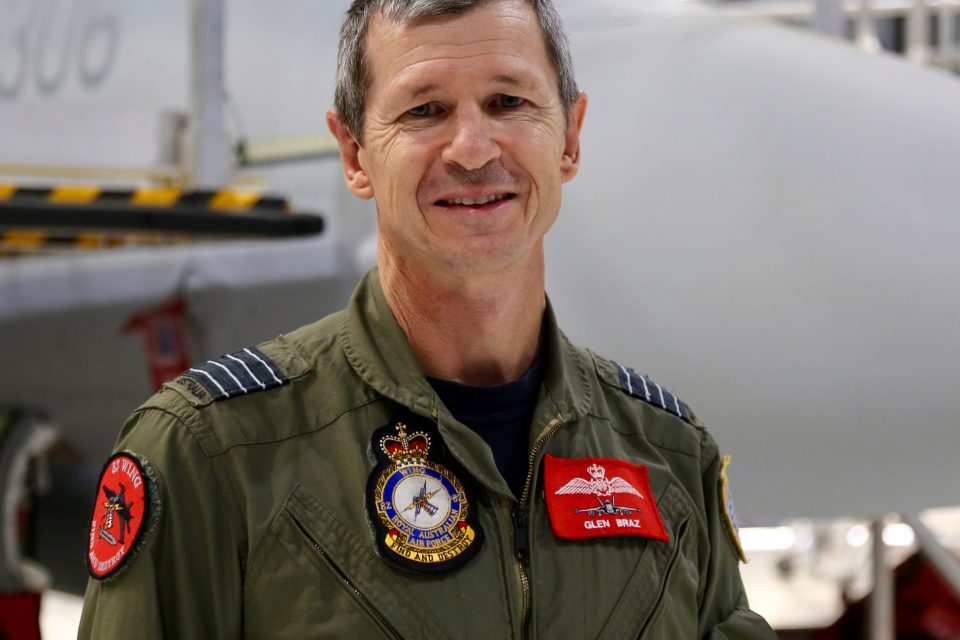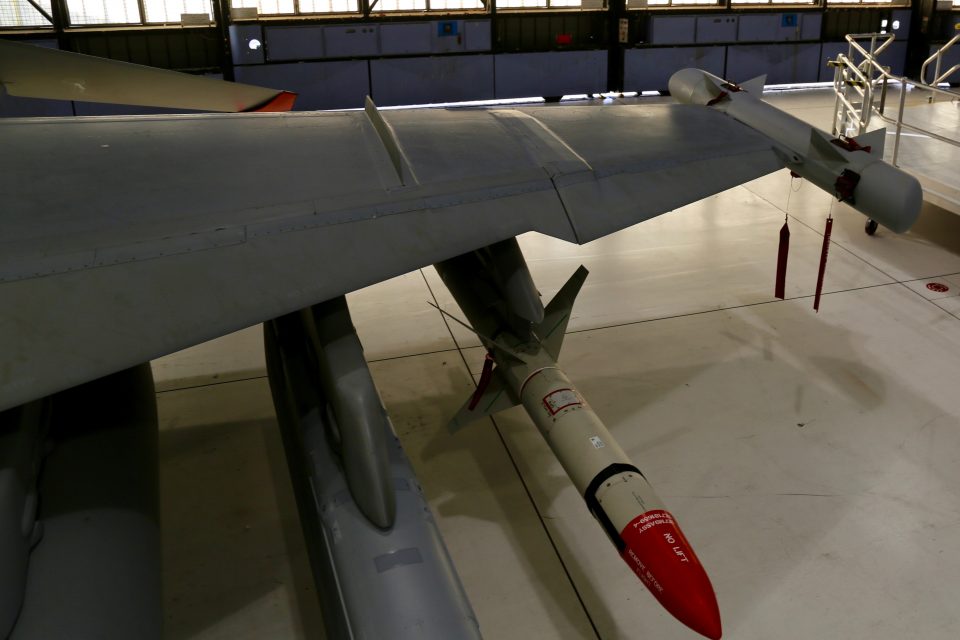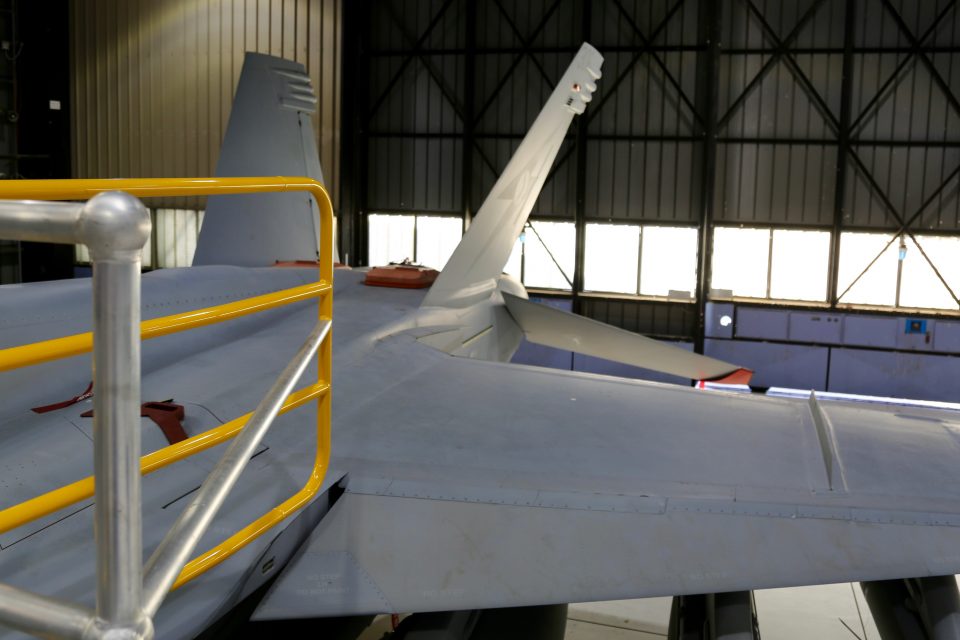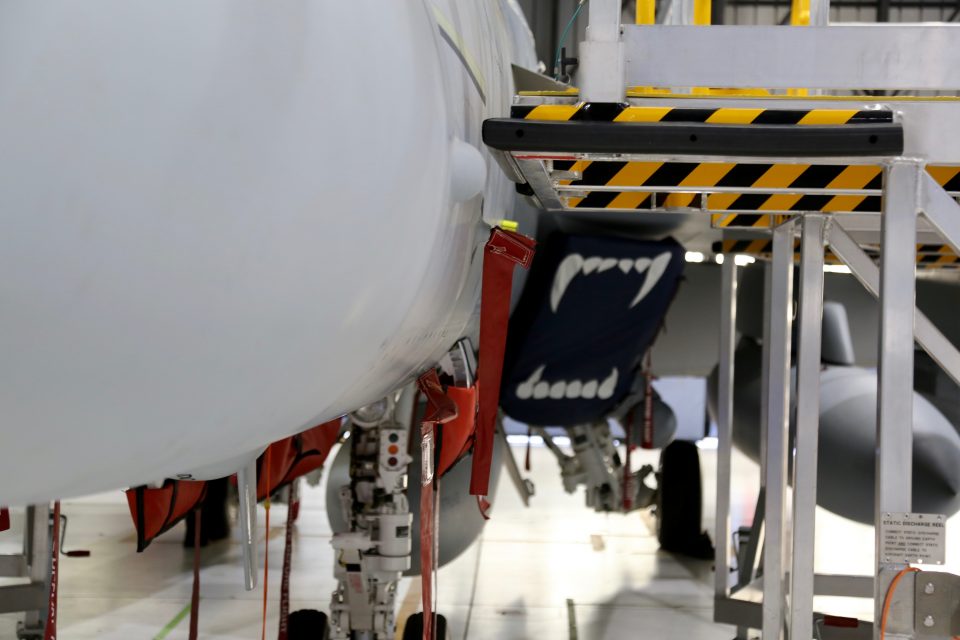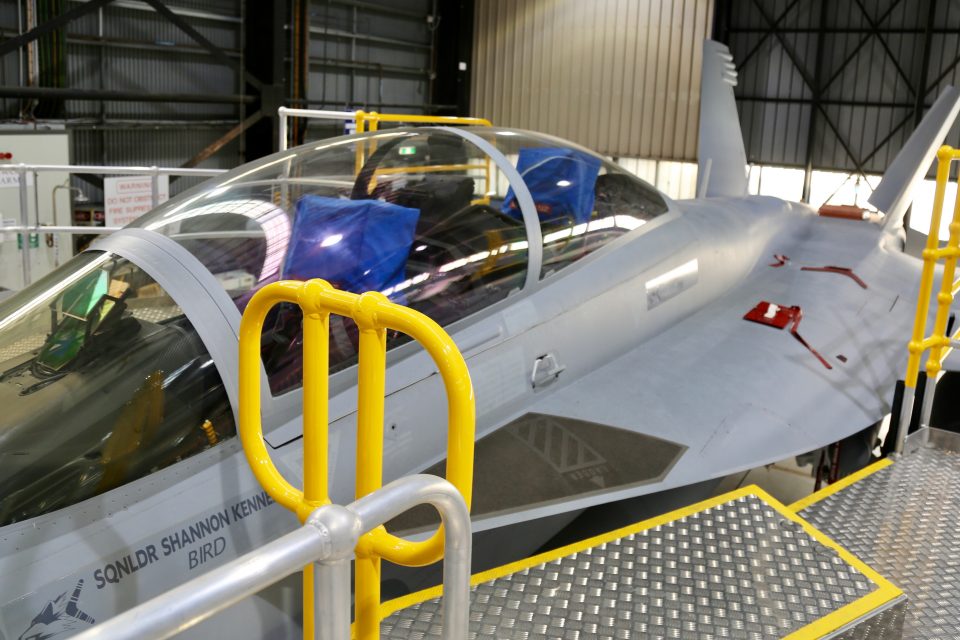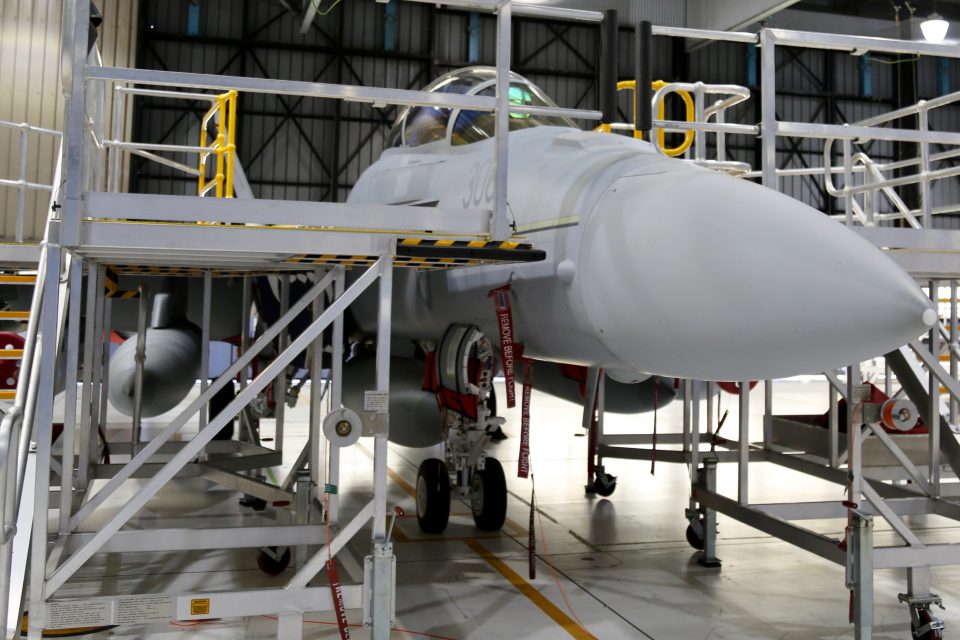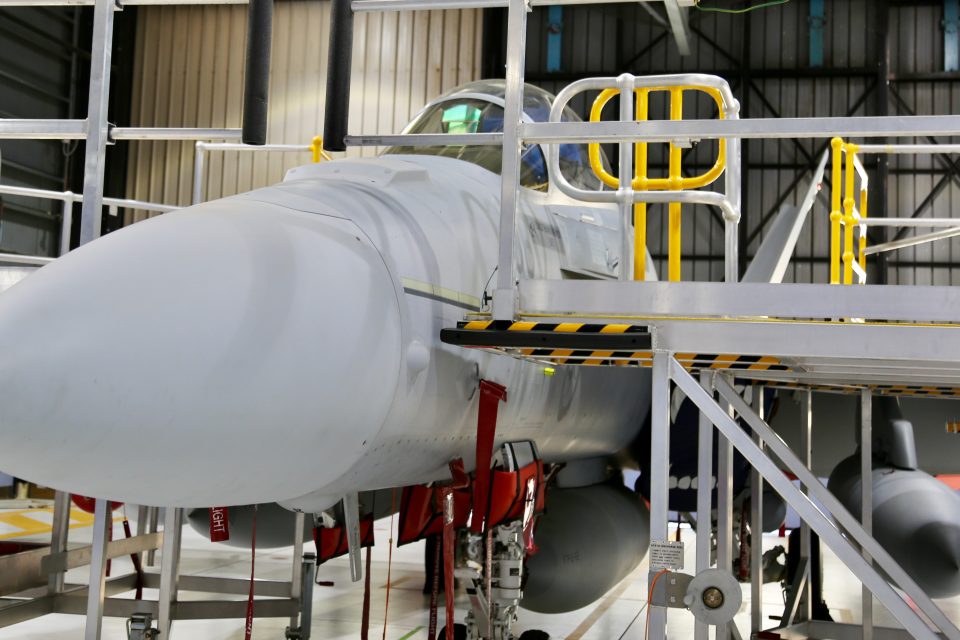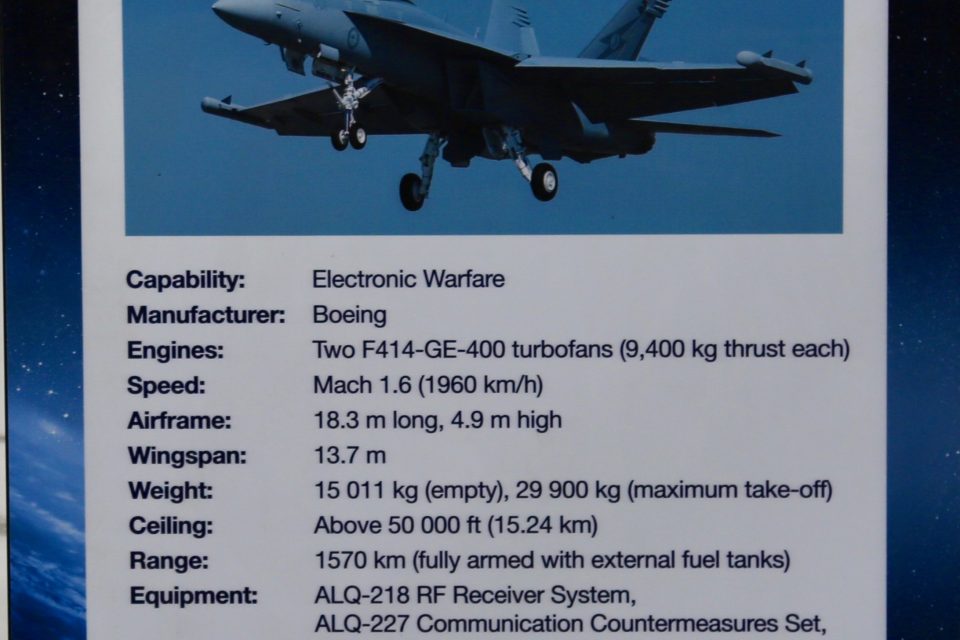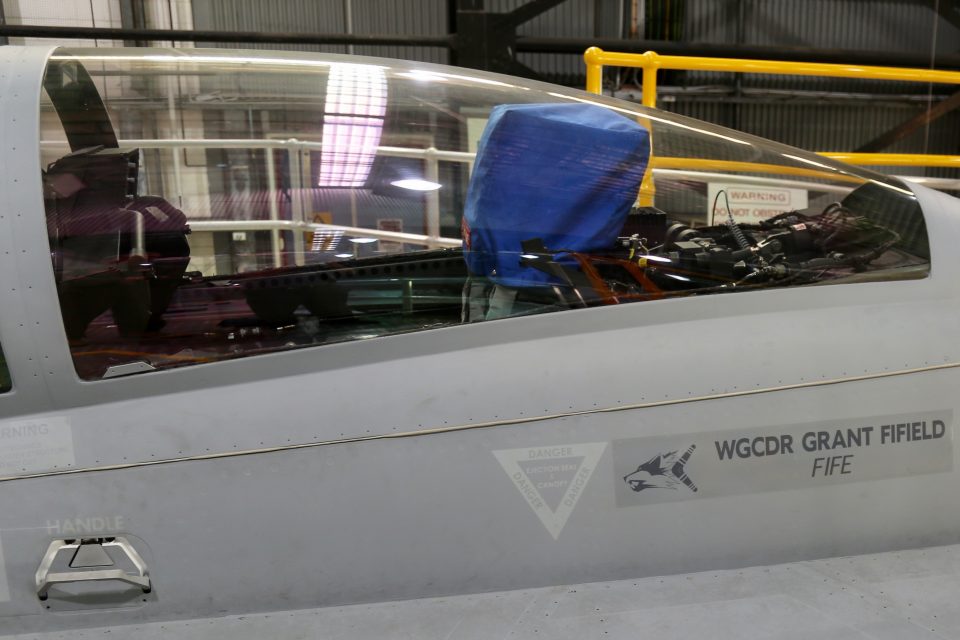2017-04-19 By Robbin Laird
On April 11, 2017, the Williams Foundation held its latest seminar examining the emergence of a fifth generation force in Australia.
This seminar was different in that the impact of the new platforms on air, sea and land transformation was already discussed in detail in earlier seminars.
This seminar then proceeded with the question of how one would build by design more integration into such a force, rather than doing so after the fact.
As noted in an earlier piece regarding the seminar:
The Williams Foundation has been a thought leader in bringing together the key players in the Australian military as well as allies to shape a way ahead for the integrated force.
Now the Foundation is hosting a conference on April 11, 2017 in Canberra which will explicitly address the key challenge of how to develop such an integrated force with a key case study being the way ahead to build an integrated missile defense capability built into the force.
https://sldinfo.com/building-a-21st-century-integrated-high-end-force-the-aussies-work-a-way-ahead/
After the seminar, I had a chance to sit down with John Blackburn and to discuss the challenges and way ahead in designing an integrated force rather than cobbling together platforms into a force, which is, integrated piece meal after the fact.
Question: The seminar looked at a very tough issue.
US services are individually looking at service integration, rather than force integration.
The seminar explored how one might design in joint force integration.
Could you describe the approach used in the seminar, which might will anticipate how this would be done in practice?
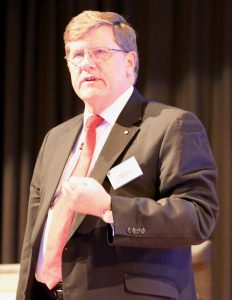 Air Vice-Marshal (Retired) John Blackburn at the Williams Foundation seminar April 11, 2017
Air Vice-Marshal (Retired) John Blackburn at the Williams Foundation seminar April 11, 2017
Blackburn: The hypotheses were put together as a set of questions to give a focus for the discussion, and each of the presenters were asked to do two things.
“One was to talk about their particular area and how it’s going to be a part of integrated force, but secondly, just test the hypotheses, or propose other ones if they thought they were better.
“If we can agree a simple list of hypotheses, then we’ve got a really good starting point upon which to design the force.
“If we can’t, we end up having an argument right down in the technical detail levels.
“That was the intent.
“The other different thing about this seminar was that I was able to meet with the three service representatives and the joint staff together to discuss what we were trying to achieve, what the hypotheses were, what the question sets were, and so the presentations you saw from the three services and from the VCDF here, were not people just coming into a seminar and giving their separate views.
“They actually set down as a team and discussed it, to make sure the way they were looking at the problem and what they were going to present was coordinated, and to some degree integrated.
“This normally doesn’t happen at seminars.
“People get invited, and they all come up with a set of PowerPoint slides that usually their staff has produced for them, and they all give the standard story.
“That didn’t happen in this case.”
Question: For sure, what you usually get is what Piaget referred to as parallel play?
Blackburn: That is right and we wanted here was serious consideration of how we might actually design an integrated joint force to get the full combat effects which force modernization could deliver.
“In this case, we chose one stars to make the presentations.
“Why did we do that?
“You can see clearly that our Service Chiefs have a very strong future focus. However, when you get Service Chiefs, or very senior officers, making presentations, everyone sits there and listens, but the folks who have to design the future force and lead the teams that are doing it are the one stars and the colonels, the O-6s.
“What we were trying to provide for the 240 people in that room was a conversation at peer level. In other words, it’s peer-to-peer interaction that we were after, to help them exchange ideas.
“It also is a really good way to set up networks, because not too many people are going to go ring up the Chief of the Service after a seminar and say, “hey, I want to ask you about your question.” It’s not that hard to ring up one of the one stars who had a conversation and say, “I heard what you said; however, …”
“There were some pretty important messages that came out from those one stars that showed they were thinking deeply about the issue and talking to each other about it.
“That’s the way to get an integrated force.”
Question: When we’re talking about a 21st-century integrated force and why that’s important, a lot of people’s minds go back to the network-centric warfare days, and that’s not what we’re talking about.
You clearly are not talking about connecting platforms after the fact and calling that integration.
How do you see the difference?
Blackburn: Let me go back to the difference between the two. I was head of strategic policy at the time we worked with Admiral Cebrowski after he launched the NCW discussion. He told us “NCW is an idea which we are just getting out there. If 40% of what I’m saying ever comes true, that’ll be a fantastic result, because it’s an idea.
“The reality is, we’re never going to be totally network-connected. It’s not going to happen. It’s like saying you’re going to have unlimited bandwidth and everybody can actually connect without the adversary disrupting those networks. You’ve got to start with the idea. You’ve got to get people talking about it and to get the language out there into the debate.
“Now where we’re at now is moving to the next stage, of applying a bit of thrust as one of the speakers said, getting on with building this integrated force and not just talking about it.
“We see elements of force integration in the United States, but the integration there is by each Service.
“There’s integrated force happening within Navy with NIFC-CA.
“The USAF is looking at their future, Aerospace 2030 concepts.
“We have to follow the ideas in the U.S. but take one step further.
“Because we’re small, we might be able to take the step straight to JIFC-Australia, Joint Integrated Fire Control for Australia.
“We want to learn from the U.S., follow it closely, but actually take a step which is hard for the U.S. to do because of its size, and that’s go truly integrated by design across the whole of the joint force.
Editor’s Note: AVM (Retired) Blackburn led a study on Integrated Air and Missile Defense (IAMD) to explore the boundaries of how design from the outset of integration for the force might proceed.
According to a piece on the Williams Foundation website:
The Williams Foundation conducted an Integrated Air and Missile Defence (IAMD) study between Sep16 and Feb17 to explore the challenges of building Australia’s IAMD capability and the implications for the Department of Defence’s integrated force design function.
The study was focussed at the Program level of capability.
The study incorporated a visit to the US for a month to explore the IAMD challenge with United States Defense Forces and Agencies, think tanks and Industry. The initial study findings were then explored in Australia in three Defence and Industry workshops on 31 Jan17 and 1 Feb 17, using a Chatham House model of unattributed discussions.
Many of the statements made in this report are not referenced as they are derived from these Chatham House discussions and associated meetings.
IAMD is a highly complex issue; comments made in this report should not be construed in any way as being critical of the IAMD approach of the Department of Defence. This report cannot account for the full complexity of the integrated force design process that is being addressed within Defence; however, it may offer some value in providing suggestions based on the study findings.
This study would not have been possible without the support and assistance of several areas within the Australian Department of Defence, the US Defense Department, Industry and think tanks. The Williams Foundation deeply appreciates the support of the IAMD Study major sponsors, Lockheed Martin and Northrop Grumman. Thanks are also due to Jacobs in funding the services of Dr. Gary Waters who provided valuable support in the research for the study and in the production of the workshop notes.
This report represents the views of AVM Blackburn (Retd), the IAMD Study lead. This study report is intentionally high level and brief; in the author’s experience, long and detailed reports are rarely read by senior decision makers.
The study can be downloaded here:
http://www.williamsfoundation.org.au/resources/Pictures/WF_IAMD_ReportFinal.pdf
or here:
https://sldinfo.com/wp-content/uploads/2017/04/WF_IAMD_ReportFinal.pdf



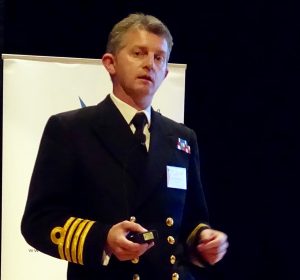 Captain Nick Walker, Royal Navy, presenting at the Williams Foundation Seminar on Air Sea Integration, Canberra, August 10, 2016
Captain Nick Walker, Royal Navy, presenting at the Williams Foundation Seminar on Air Sea Integration, Canberra, August 10, 2016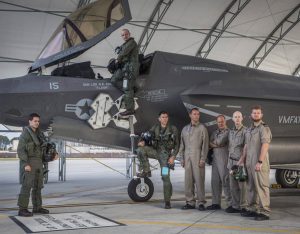
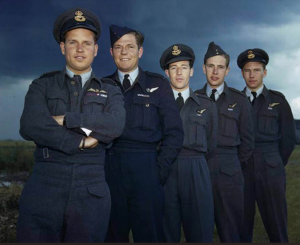
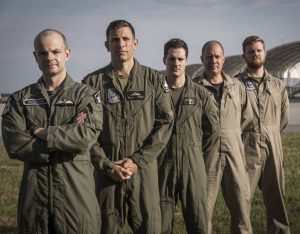
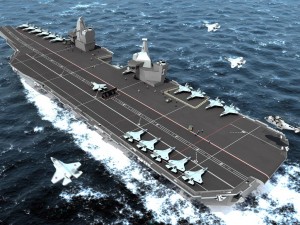 Credit: Aircraft Carrier Alliance – Queen Elizabeth Class at sea (CGI)
Credit: Aircraft Carrier Alliance – Queen Elizabeth Class at sea (CGI)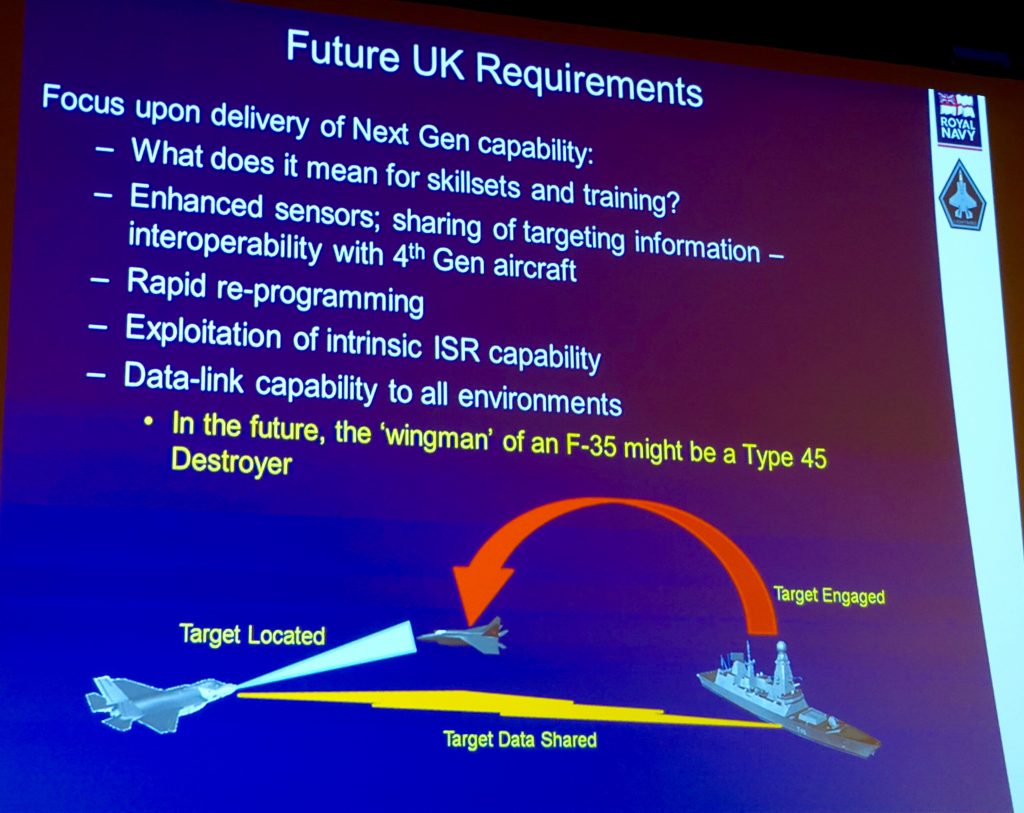 From Presentation by Captain Walker, Royal Navy, at the Williams Foundation seminar on Air-Sea Integration, August 2016
From Presentation by Captain Walker, Royal Navy, at the Williams Foundation seminar on Air-Sea Integration, August 2016 Computer Generated Image of the outside of one of the facilities which is being built at RAF Marham, Norfolk, as part of a programme of works to prepare the station for the arrival of the F-35 Lightning II fleet in 2018.
Computer Generated Image of the outside of one of the facilities which is being built at RAF Marham, Norfolk, as part of a programme of works to prepare the station for the arrival of the F-35 Lightning II fleet in 2018.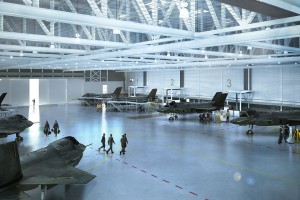 Computer Generated Image of the Maintenance and Finish Facility which is being built at RAF Marham, Norfolk, as part of a programme of works to prepare the station for the arrival of the F-35 Lightning II fleet in 2018.
Computer Generated Image of the Maintenance and Finish Facility which is being built at RAF Marham, Norfolk, as part of a programme of works to prepare the station for the arrival of the F-35 Lightning II fleet in 2018.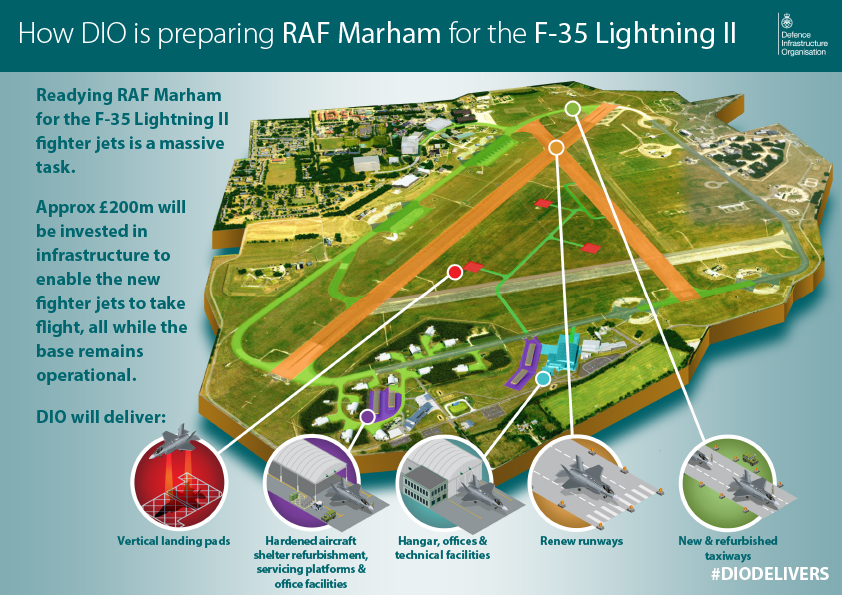
 An undated picture provided by the official Korean Central News Agency (KCNA) on 09 March 2016 shows North Korean leader Kim Jong-un (C), talking with scientists and technicians involved in research of nuclear weapons, at an undisclosed location, North Korea. NYTCREDIT: Kcna / Handout/European Pressphoto Agency
An undated picture provided by the official Korean Central News Agency (KCNA) on 09 March 2016 shows North Korean leader Kim Jong-un (C), talking with scientists and technicians involved in research of nuclear weapons, at an undisclosed location, North Korea. NYTCREDIT: Kcna / Handout/European Pressphoto Agency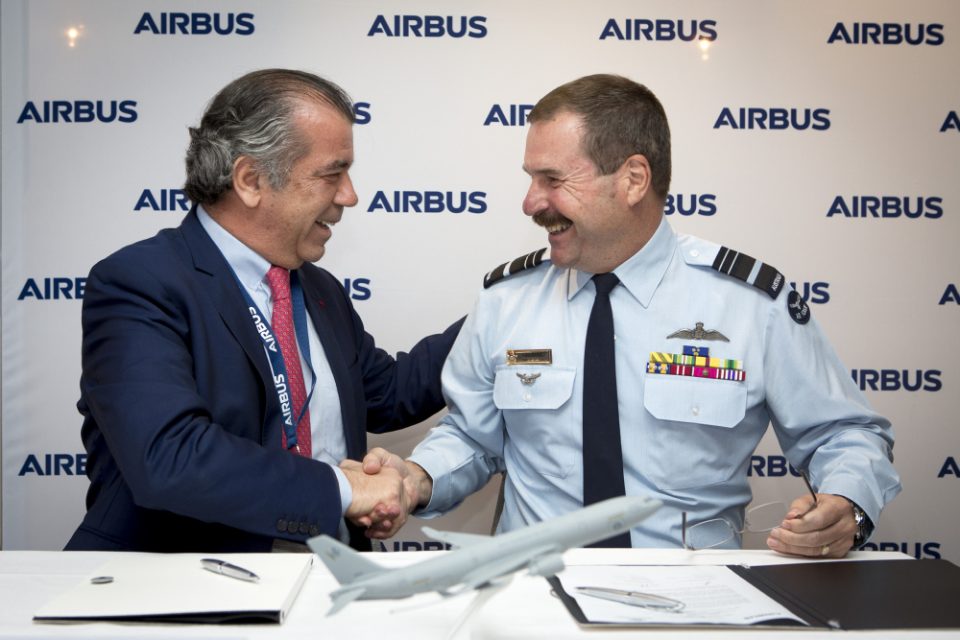
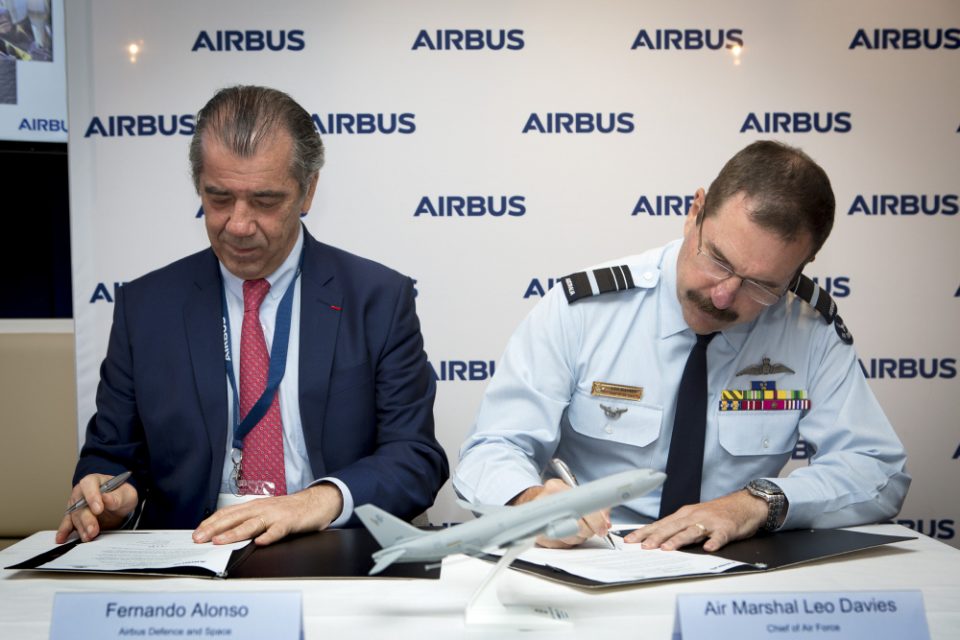
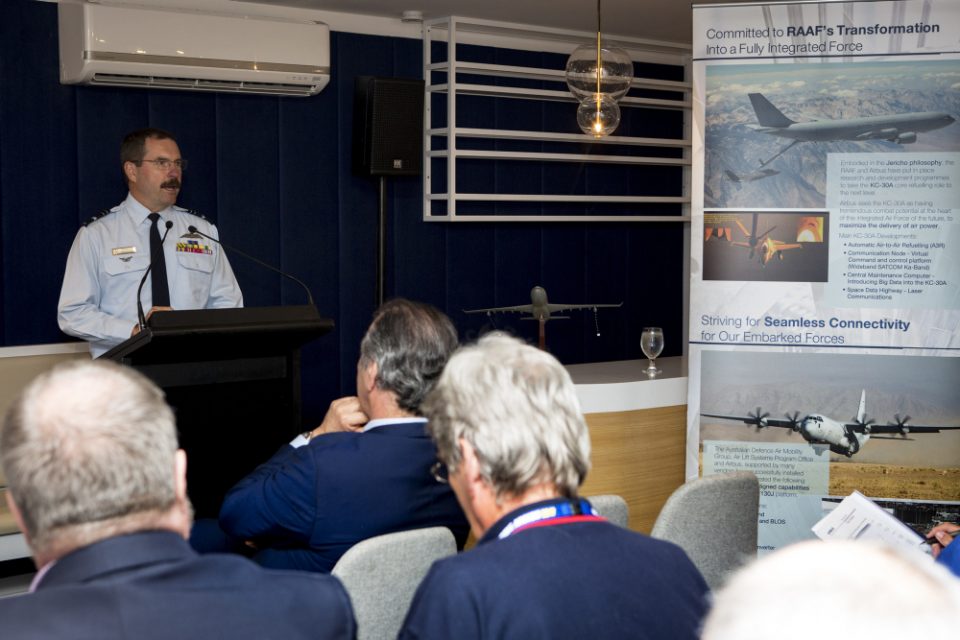
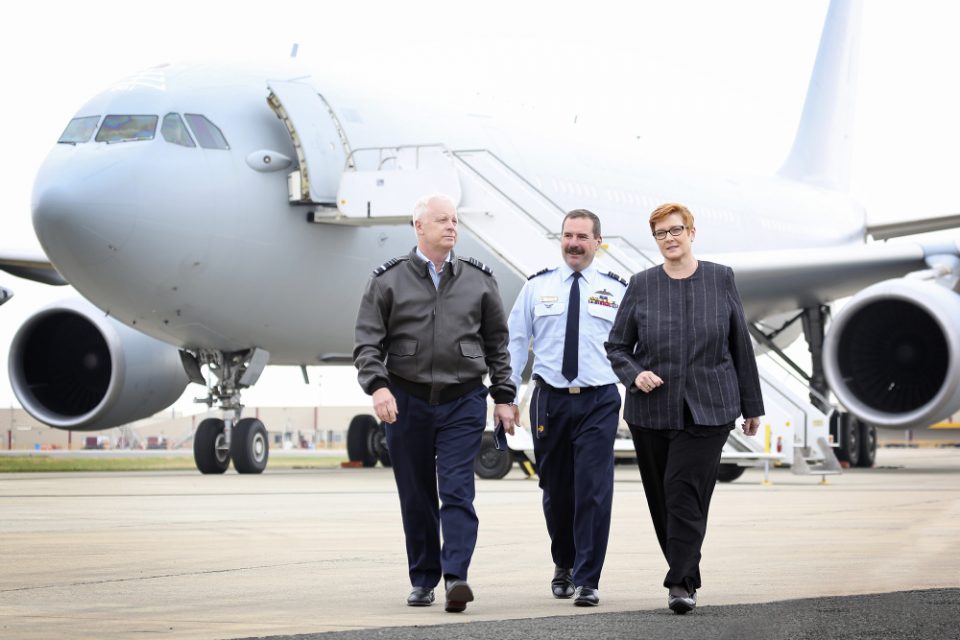
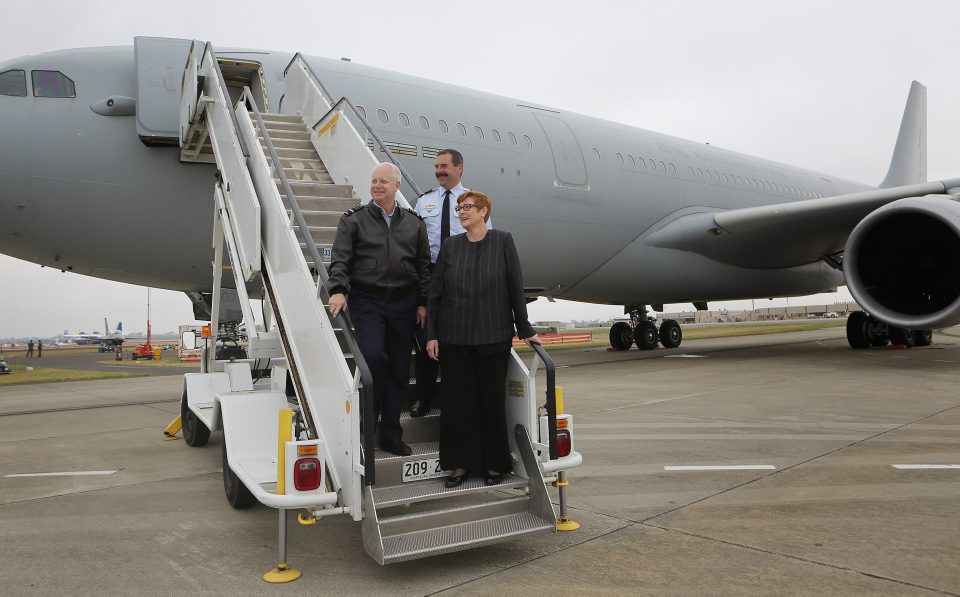
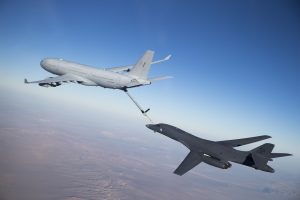 KC-30A and B-1 during certification testing at Edwards AFB. Credit Photo: USAF
KC-30A and B-1 during certification testing at Edwards AFB. Credit Photo: USAF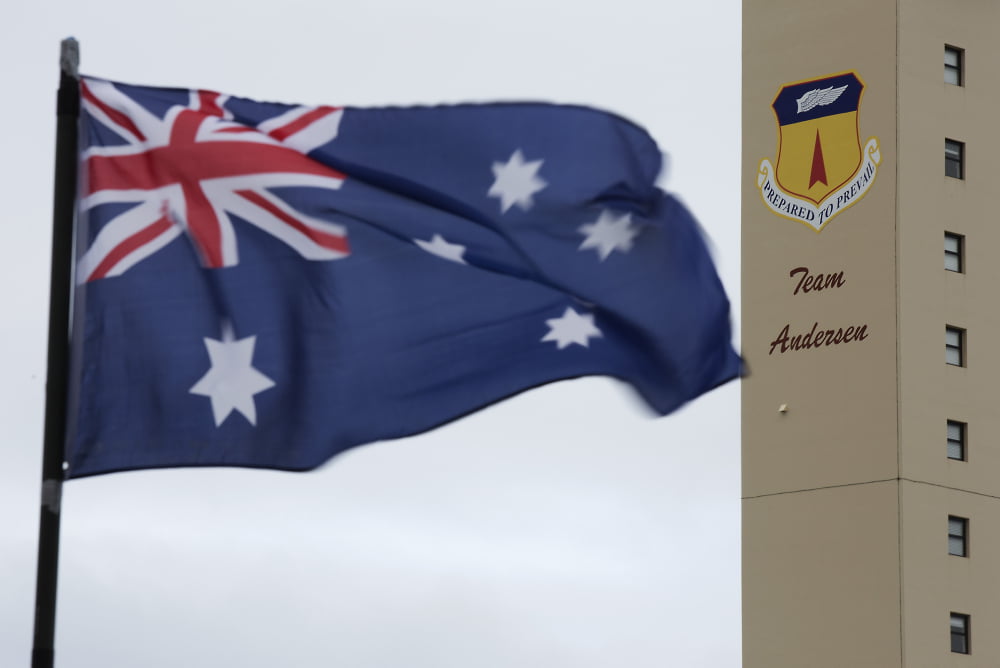
 Major General (Retired) Jim Molan
Major General (Retired) Jim Molan The Australian National Flag flies high on Anderson Air Base during Exercise Cope North. Held from 15th February to 3rd March 2017 at Andersen Air Force Base, Guam, an Air Task Group from the RAAF involving F/A-18A Hornet, E-7A Wedgetail, C-130J Hercules aircraft as well as combat support and medical elements have deployed for the Exercise. CN17 involves over 2000 personnel and approximately 100 aircraft and aims to increase the combat readiness and interoperability of the USAF, JASDF and RAAF. Credit: Australian Ministry of Defence
The Australian National Flag flies high on Anderson Air Base during Exercise Cope North. Held from 15th February to 3rd March 2017 at Andersen Air Force Base, Guam, an Air Task Group from the RAAF involving F/A-18A Hornet, E-7A Wedgetail, C-130J Hercules aircraft as well as combat support and medical elements have deployed for the Exercise. CN17 involves over 2000 personnel and approximately 100 aircraft and aims to increase the combat readiness and interoperability of the USAF, JASDF and RAAF. Credit: Australian Ministry of Defence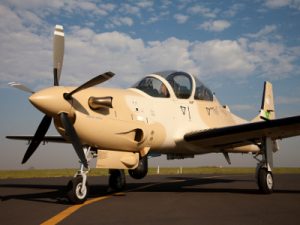
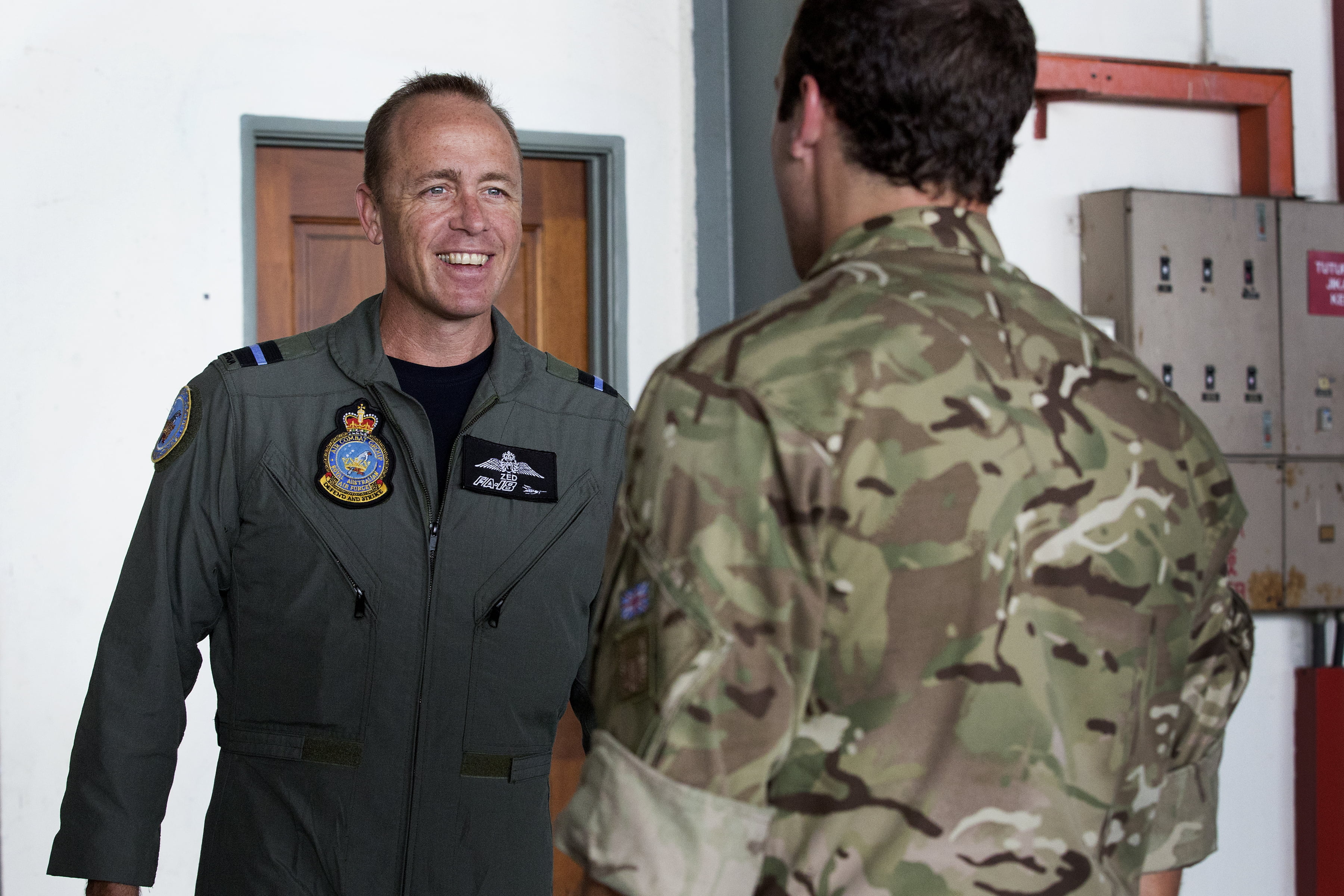
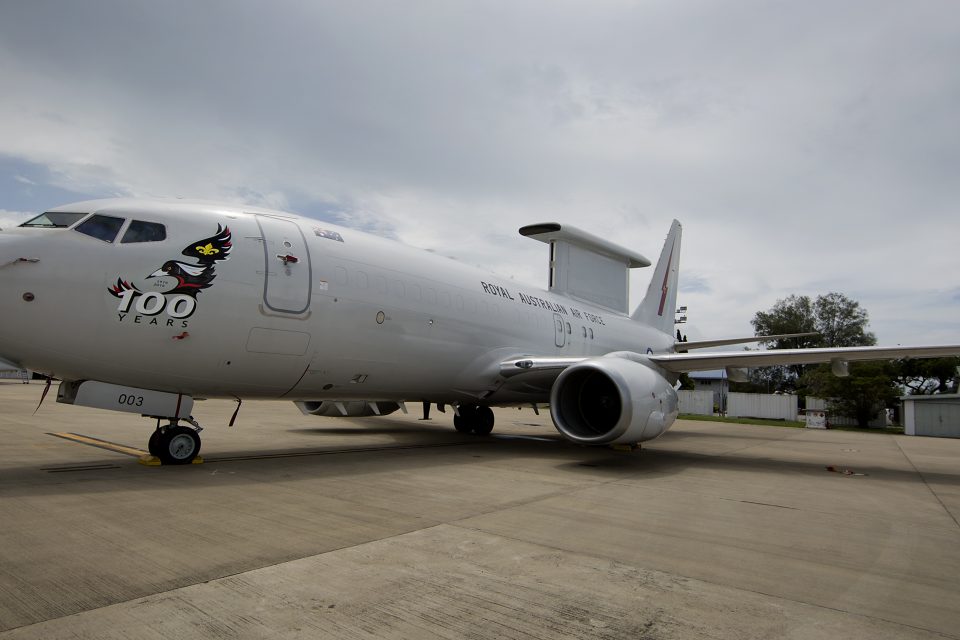
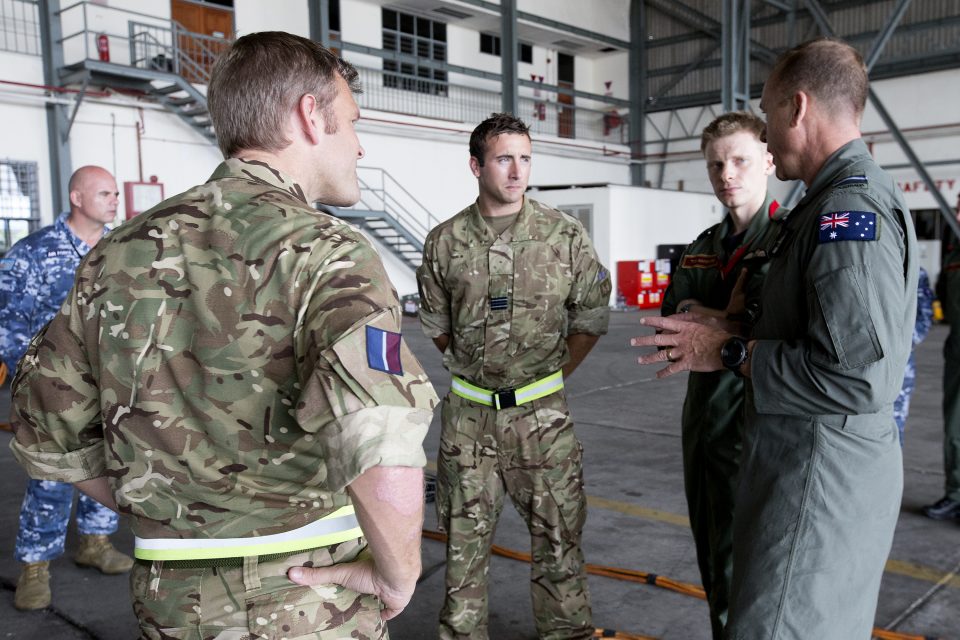
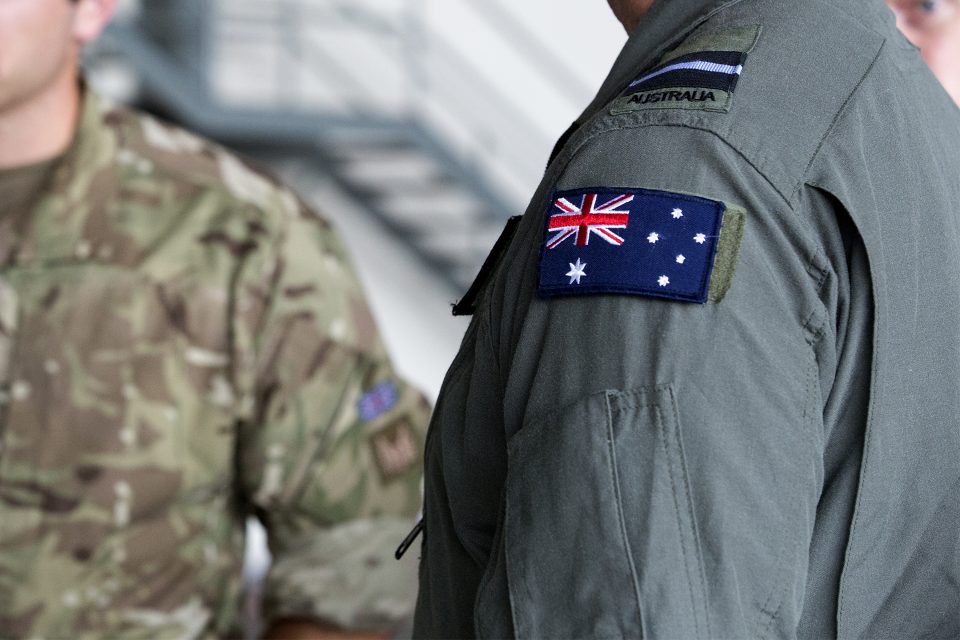
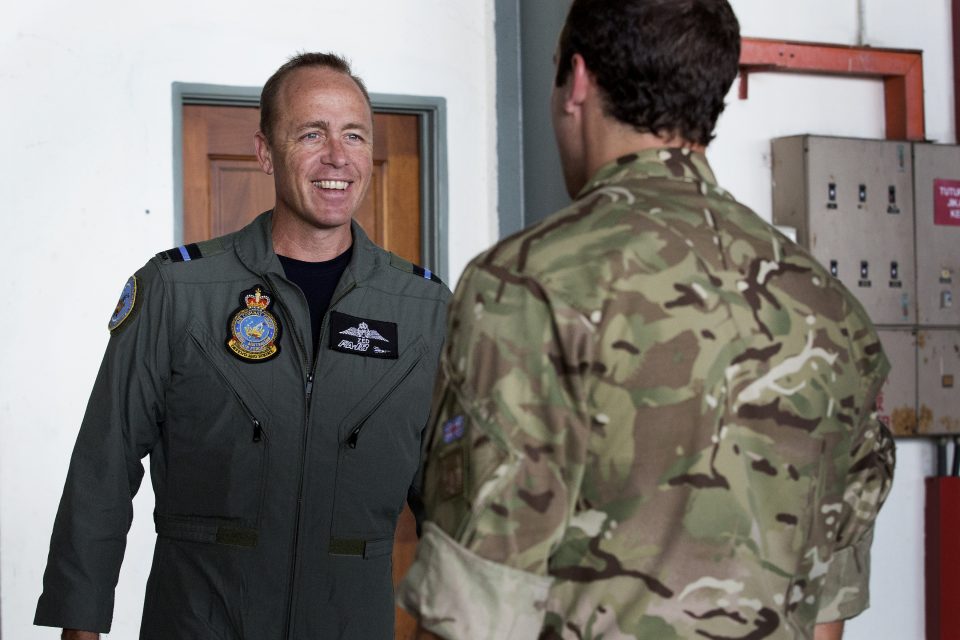
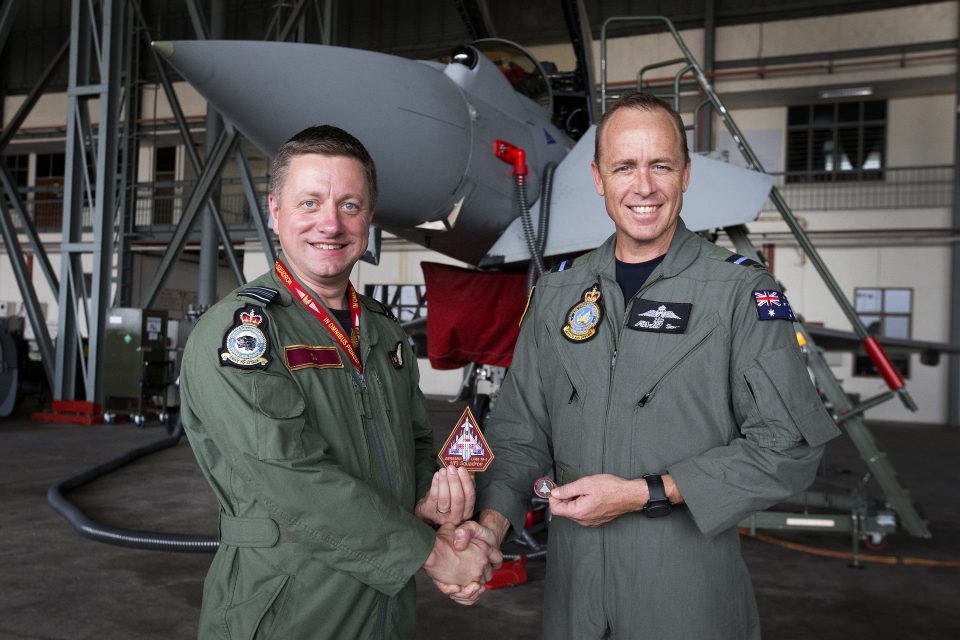
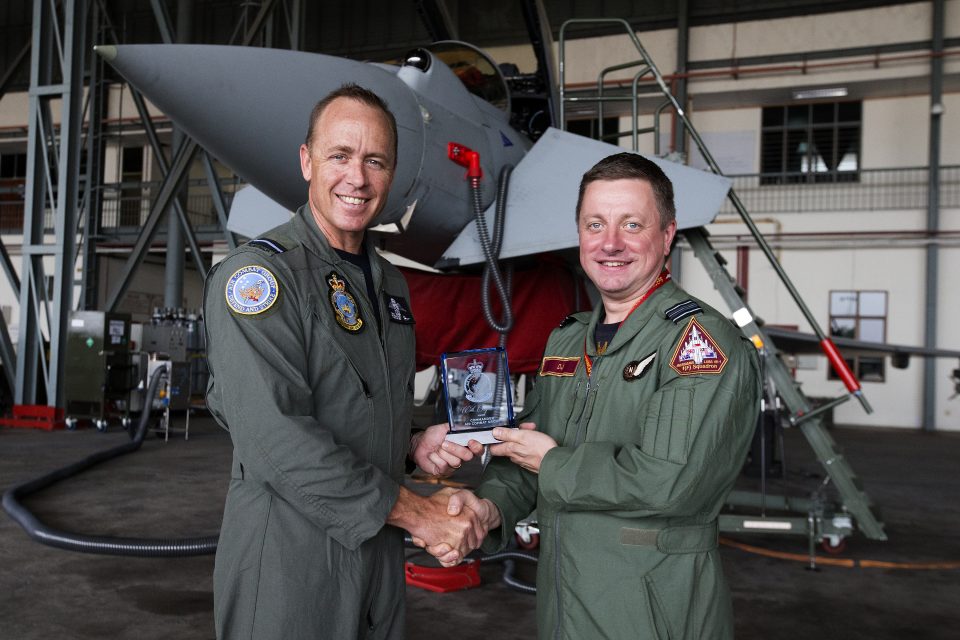
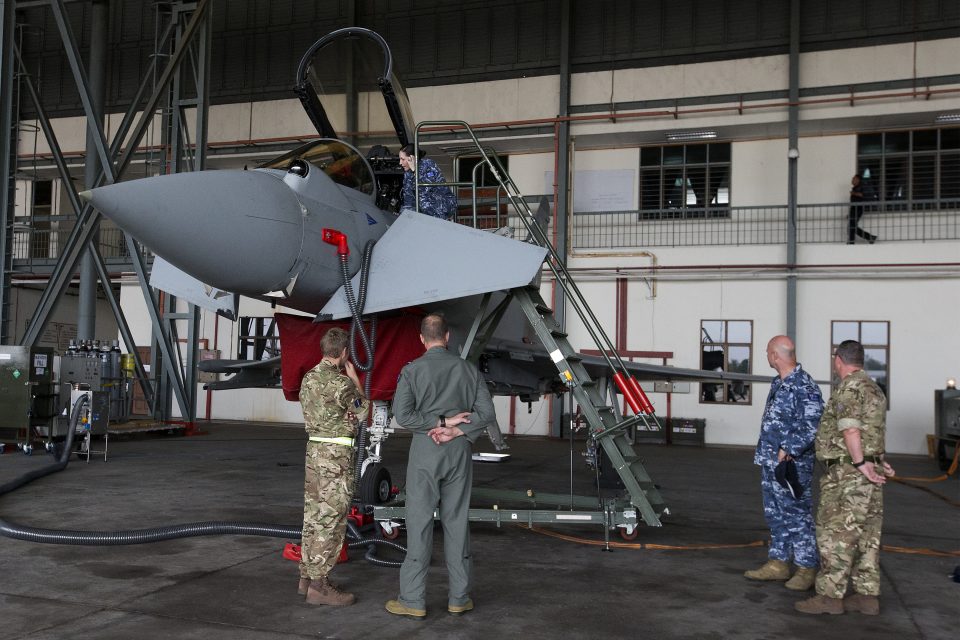
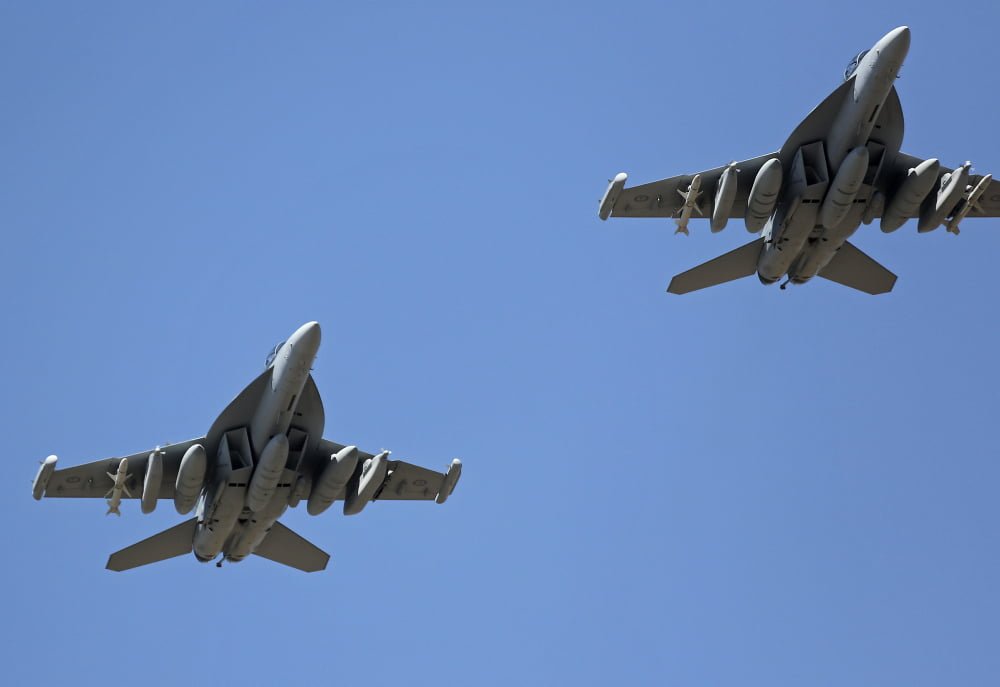
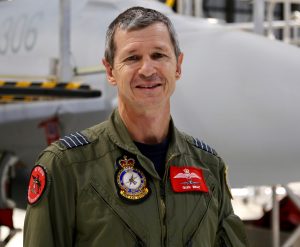 Group Captain Glen Braz, OC of the 82nd Wing.
Group Captain Glen Braz, OC of the 82nd Wing.